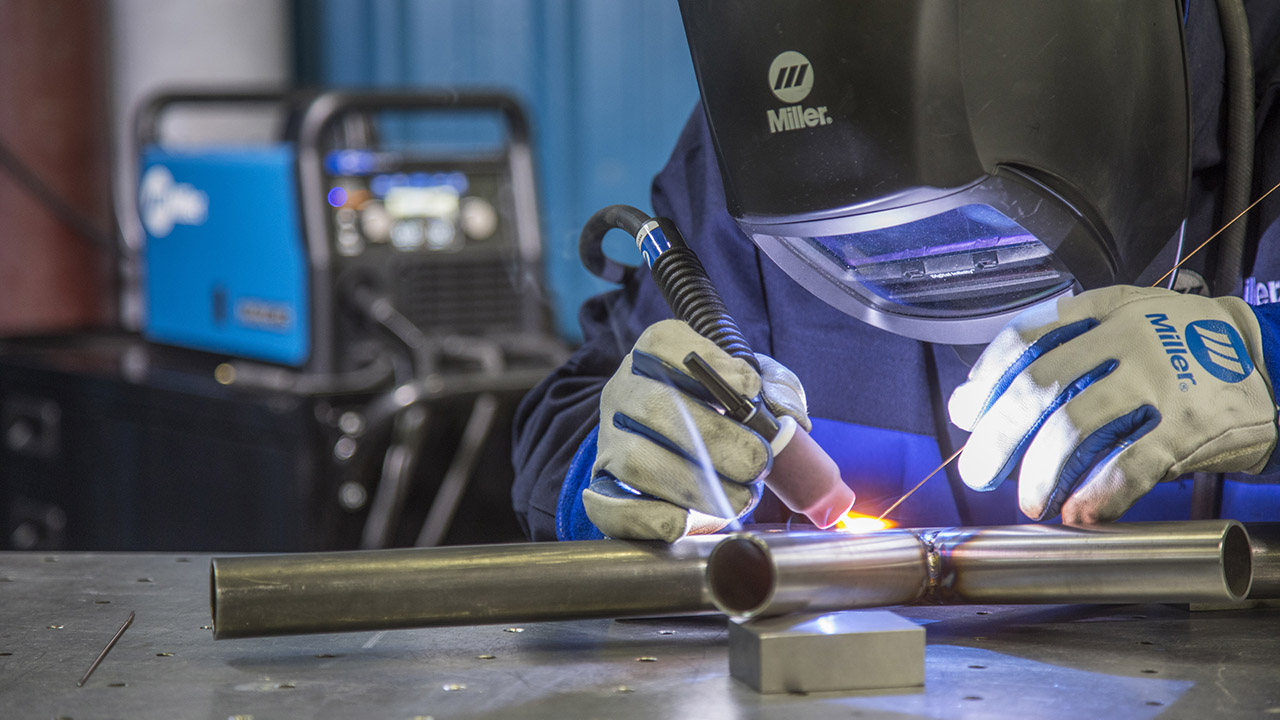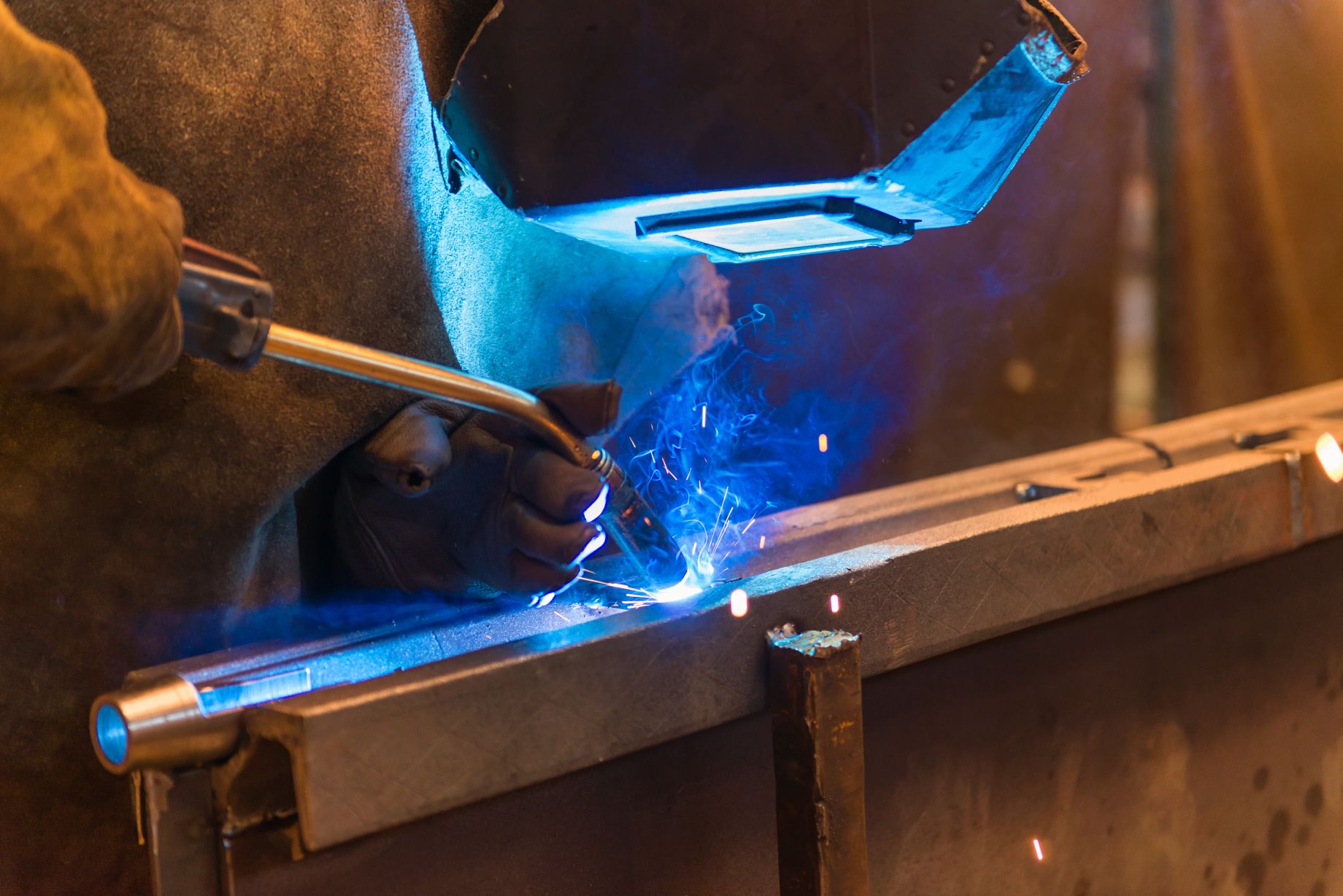Developing a Welding WPS: Step-by-Step Instructions for Professionals
Developing a Welding WPS: Step-by-Step Instructions for Professionals
Blog Article
The Ultimate Overview to Welding WPS Procedures: A Comprehensive Review for Welders
In the intricate world of welding, Welding Treatment Requirements (WPS) offer as the backbone of making sure top quality, uniformity, and safety in welding procedures (welding WPS). As we dig into the numerous elements of a WPS and explore the complexities of credentials and accreditation, we will certainly uncover the crucial role these procedures play in the realm of welding.
Importance of WPS Procedures
Comprehending the significance of Welding Treatment Specifications (WPS) procedures is vital for making sure the high quality and integrity of bonded structures. WPS procedures act as a roadmap for welders, outlining the required steps, criteria, and materials required to attain a sound weld. By adhering to WPS standards, welders can guarantee uniformity in their job, resulting in structurally sound and reputable welds.
One of the main reasons why WPS treatments are crucial is their role in keeping weld quality and stability. Adhering to the specified welding criteria and techniques described in the WPS assists avoid defects such as porosity, fracturing, or insufficient fusion, which can compromise the stamina and sturdiness of the weld. Additionally, WPS procedures are important for making sure compliance with market criteria and codes. By following recognized WPS standards, welders can demonstrate that their work satisfies the needed needs for security and high quality, giving guarantee to clients, examiners, and governing bodies. Essentially, the relevance of WPS procedures can not be overstated, as they are essential to achieving regular, high-quality welds that satisfy market standards and specs.

Parts of a WPS
A Welding Procedure Specification (WPS) commonly makes up vital components that detail the specific needs for carrying out a weld, guaranteeing consistency and top quality in the welding procedure. The essential components of a WPS consist of important variables such as base steels, filler metals, preheat and interpass temperature levels, welding processes, securing gases, welding positions, and post-weld warm therapy demands.
Base metals refer to the materials being signed up with, while filler metals are used to load the space between the base metals throughout welding. The welding procedure details the specific strategy to be used, whether it's gas steel arc welding (GMAW), protected steel arc welding (SMAW), or one more technique. Welding placements define the alignments in which welding can be performed.

Qualification and Certification
Having established the crucial parts of a Welding Treatment Specification (WPS), the focus now moves towards the essential elements of certification and accreditation in welding methods.

Accreditation, on the other hand, is the official acknowledgment of a welder's qualifications by a pertinent certification body or company. Welding certifications are generally based on the details welding procedures, products, and settings a welder is certified to collaborate with. Holding a legitimate welding certification shows that a welder satisfies industry criteria and is competent to execute welding tasks to the needed specifications.
Developing a WPS
To create a Welding Procedure Spec (WPS) that satisfies market standards, mindful consideration of welding procedures, products, and functional parameters is important (welding WPS). The primary step in creating a WPS is to determine the welding process to be utilized, such as gas steel arc welding (GMAW) or secured steel arc welding great site (SMAW) As soon as the welding process is established, the following vital element is picking the ideal products, considering elements like base steel kind, thickness, and joint design. Functional criteria such as welding current, voltage, travel speed, and shielding gas structure must also be thoroughly defined in the WPS.

Carrying Out and Monitoring WPS
Upon settling the comprehensive Welding Treatment Spec (WPS) that thoroughly information welding processes, materials, operational parameters, and quality control steps, the emphasis changes to effectively executing and keeping track of the recognized treatments. Implementation includes making sure that all welders involved in the task are familiar with the WPS and follow it diligently during the welding procedure. This needs supplying appropriate training and supervision to assure adherence to the defined procedures. Keeping an eye on the WPS involves continuous oversight to validate that welding tasks line up with the recorded specs. Assessments, testing, and quality control actions are crucial elements of the tracking process to identify any discrepancies or concerns promptly. Routine audits and reviews of the welding procedures help in keeping consistency and top quality throughout the task. Efficient implementation and monitoring of the WPS are essential for making sure the integrity, stamina, and safety and security of the welded joints, eventually contributing to the total success of the welding project.
Verdict
Finally, understanding and adhering to Welding Treatment Specifications (WPS) is vital for welders to guarantee high quality, consistency, and security in their work. By knowing the elements of a WPS, acquiring correct certifications and certifications, creating detailed procedures, and carrying out and monitoring them efficiently, welders can enhance their skills and efficiency in browse around this web-site welding techniques. Sticking to WPS procedures is necessary for producing top quality welds and conference market requirements.
In the elaborate globe of welding, Welding Treatment Requirements (WPS) offer as the backbone of guaranteeing high quality, uniformity, and security in welding operations. The welding process details the particular strategy to be used, whether it's gas steel arc welding (GMAW), protected steel arc welding (SMAW), or one more technique.To develop a Welding Treatment Specification (WPS) that fulfills industry criteria, mindful factor to consider of welding processes, materials, and operational criteria is vital. The first action in developing a WPS is to identify the welding procedure to be used, such as gas metal arc welding (GMAW) or protected steel arc welding (SMAW)Upon wrapping up the thorough Welding Treatment Specification (WPS) that thoroughly information welding processes, products, functional parameters, and top quality assurance actions, the focus moves to effectively applying and monitoring the well established procedures.
Report this page